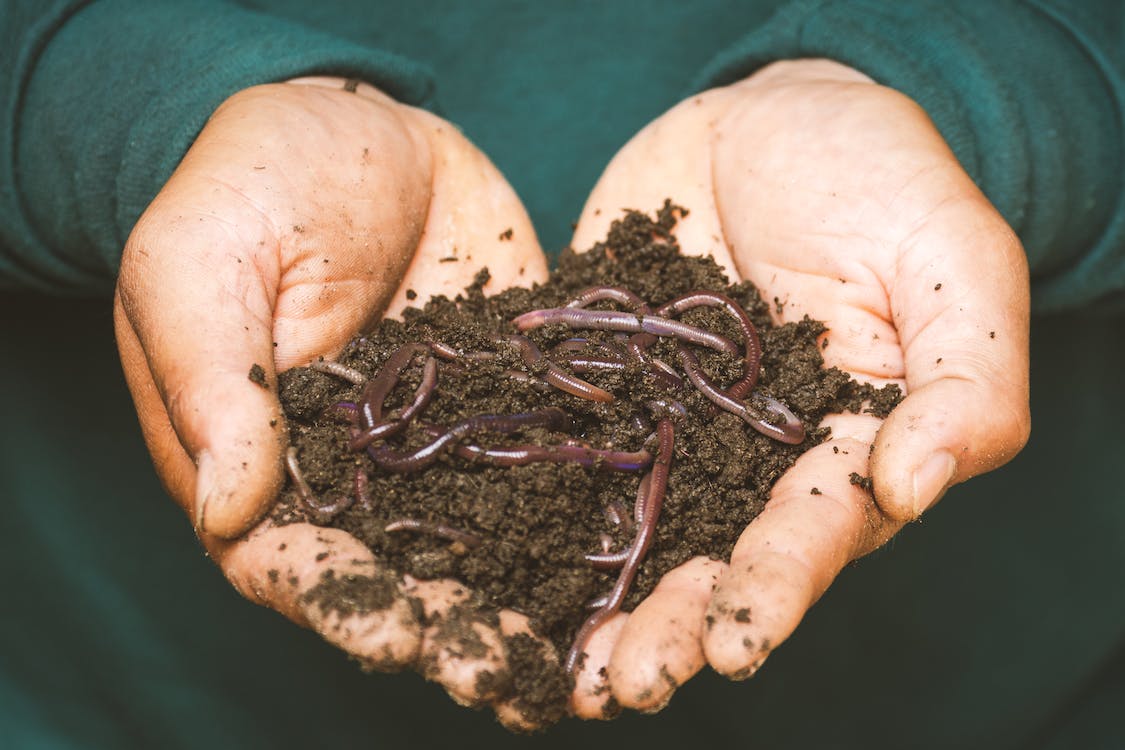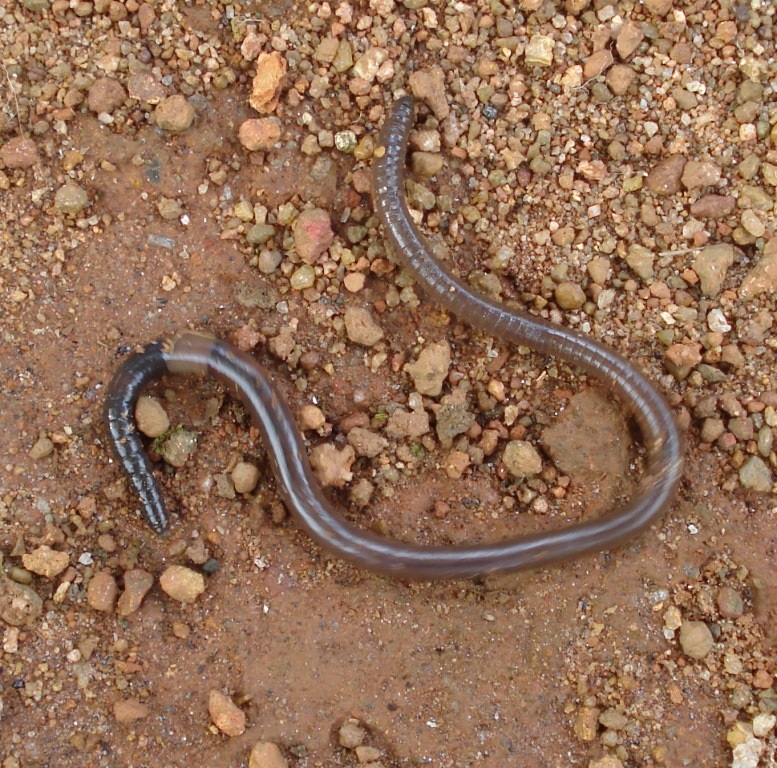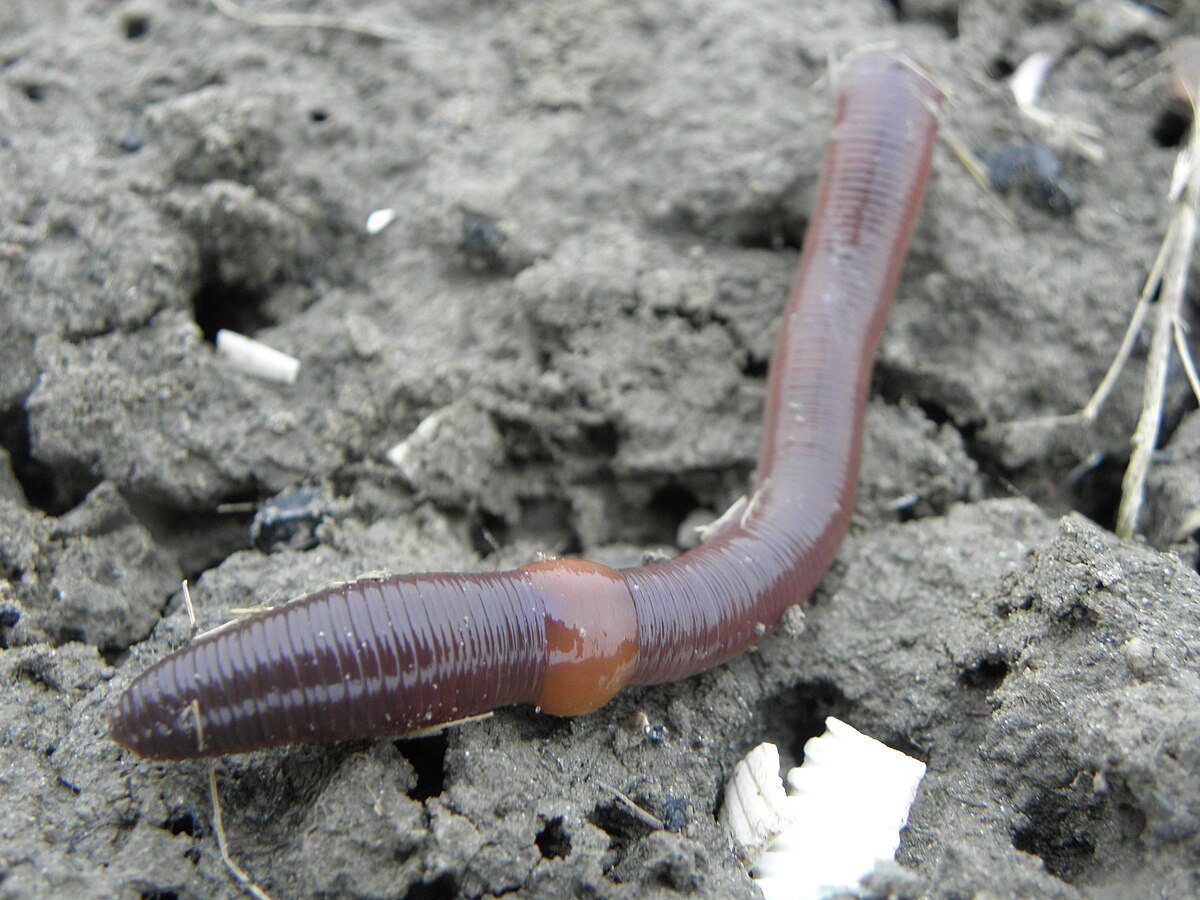Earthworms, these fascinating creatures, are working hard beneath the surface. Mostly unseen, they perform a crucial role in our ecosystem. But have you ever wondered, “what do earthworms eat?” The answer might surprise you!
The Unsung Heroes of Our Soil

In the rich, dark soil of your garden, earthworms have a feast! While they do consume small amounts of earth, they are actually after the organic material it contains. This means everything from rotting leaves to manure. So, tell your gardening friends that the answer to “what do earthworms eat” is not just dirt, but decaying organic matter!
How do Earthworms Eat?

Earthworms have quite an interesting way of eating, given their lack of teeth. In fact, they use strong muscle contractions to allow them to suck in their food. This means they can feast on a range of soft, decomposing matter from leaf litter to a garden compost heap.
‘Dining’ like an Earthworm
- Leaf Litter: Particularly light, decomposing leaves are a top choice for earthworms.
- Compost Heaps: Rich in nutrients, nature’s own recycling unit is a fantastic earthworm buffet.
- Fungi: Mushrooms aren’t just for humans! Earthworms easily suck them in as part of their varied diet.
The Exit End: What Comes After ‘What Do Earthworms Eat?’

Every fascinating feeding question has an equally intriguing answer and the story of “what do earthworms eat” is no exception. What goes in must come out, and earthworms excrete something called ‘casings’. These nuggets of goodness are an invaluable source of nutrition for the soil. So next time you see a robin tugging an earthworm from your lawn, remember, they’re not only dining, but also making the grass greener on the other side!
Earthworms thrive in a variety of soil types across the world, enriching the ground beneath our feet. With over 2,000 different species, these subterranean superheroes vary in size and diet. From the red worms sold commercially, to industrious night crawlers, diligent manure worms, and your regular garden worm, they all play a vital role in the life cycle of plants and the vibrant health of our soils.
On the whole, understanding ‘what earthworms eat’ offers surprising insight into their role in our world. From the humble backyard to the forests of South America, earthworms are quietly working away for the good of the ecosystem. Their appetite for organic matter is improving the quality of the soil, and in so doing, enhancing the health and vitality of the world’s green spaces.
Related Resources: